During this time of the year, I normally start my day sitting at a picnic table watching out over the lake for bald eagles to fly by. In the fall and late winter, I see eagles almost every morning. I wish they were on a timetable, but they come when they choose. What a surprise.
That means I sit out here normally from about 7:30 until at least 9:00 and diligently sweep my eyes back and forth watching for an eagle to appear. From my vantage point, I can see for quite a distance to the north, but to the south, there is a peninsula that juts out into the lake about 300 yards away. That means I have a shorter period to react when eagles come from that direction. If I am not watching carefully, they can quickly fly over the pine trees on the Peninsula and be right in front of me before I have a chance to even raise my camera. Of course, that means tail shots and there is an old maxim from photographers who try to sell their works, that bird butts bring no bucks.
One wonderful thing about spending a lot of time out in nature, taking pictures of birds, and other wildlife, is that you gain an education. You learn certain things like when to expect things to occur, and in some cases, like this one, how to make the bald eagles appear.
Yesterday morning was a good example. I was in my customary place around 7 o’clock looking for birds to photograph BUT with the main goal of photographing Bald Eagles. Any other birds were likely to be secondary. There was not a lot of activity on the lake that morning. Around 9 o’clock a Belted Kingfisher appeared and landed on the upper platform of a boat dock about 100 yards away. He was sitting on the rail gazing intently at the water below. Obviously he was watching for small fish to come to the surface.
Even though he was too far away for a really good photo, I knew that pictures of him diving into the water and catching a fish would still be acceptable because of their content as opposed to the photographic quality of the images. So, I zeroed in on the Kingfisher with my 500mm lens.
Several minutes went by. Then several more minutes went by. My arm was beginning to ache a little from holding the camera and lens. I did know that the second I lowered the camera, the Kingfisher would dive. That is how it always works. So, I continued to hold the camera in place.
I watched as the Kingfisher started tilting his head a bit and appeared to be more intently staring at the water below. Past experience has taught those signs to mean the Kingfisher has his food in sight but perhaps not quite close enough to the surface. I was waiting for him to stop suddenly and dive down to the water when through the lens, in the background behind his head, I saw the Bald Eagle fly past.
Naturally, the Bald Eagle was too far beyond the Kingfisher for it to also be in focus. Even though I did snap a shot, it was not a usable photograph.
I quickly raised the camera to try to catch a shot of the Eagle but it quickly disappeared behind the pine trees and was gone.
While I was staring intently at the Kingfisher, waiting for it to dive, the Eagle flew all the way across the sky. Naturally, I had missed the opportunity to get a decent shot of the Eagle as it flew right in front of me.
This morning, as I sat at the picnic bench, drinking my coffee, and watching for the Eagles, I heard a bird calling from behind me. I did not recognize the call and it was close enough that I might be able to see it. So, I turned around and started looking in the trees behind me. The bird continued to call but I could not see it, partly because the sun was now right in my eyes. I took a couple of steps forward and tried to zero in on the section of the trees where the call was coming. Still, I couldn’t see it. Then, a small bird, who I could only see in silhouette, flew out of the tree and continued going until it was out of sight without giving me a chance to identify it.
I turned around took a step back to my seat and sat down. When I looked up a Bald Eagle was directly in front of me flying past. I raised the camera quickly and fired off a few shots as it was heading away. You know what that means. It means that I got a shot with the tail pointing towards me. We’re back to “bird butts don’t bring bucks”.
So what have these two events taught us? Well, it is really quite simple but first, let me add these are not isolated incidents. It seems that all too often, that is what happens when I take my eyes off of the overall scene and start to focus on something else, whether another bird or a photographic target of any kind.
It is only natural to get a little bored when you are sitting there watching the sky, and watching the sky, and watching this sky with no activities. So, when another bird or anything even mildly interesting for a photo appears, being a photographer who likes to take pictures, you may very well point your camera over there and give that your attention. And that is how to ensure the eagle will fly by.
While I write all this in jest, all too often it seems to be true. I will present it as a reminder of priorities. If you are just out birding and watching for any opportunity for a shot, this does not really apply. However, if you are in a location trying to take pictures of a particular species, it is a good idea to give that as much of your full attention as you can. If something else appears that is another good target for your lens, then of course you should take a picture of it. But if you have spent time and made the effort to get to a location where you have a certain target in mind, focus on watching for that target. You may not get a picture of it but I doubt that you are going to be proud of many of the photos that you take while being distracted from your original target. I know, because I have too many photos of Eagle butts as evidence.
In reality, none of us are really likely to be that disciplined, but remember Mother Nature has a sense of humor and she is always watching.
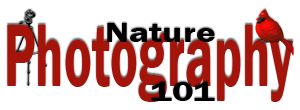
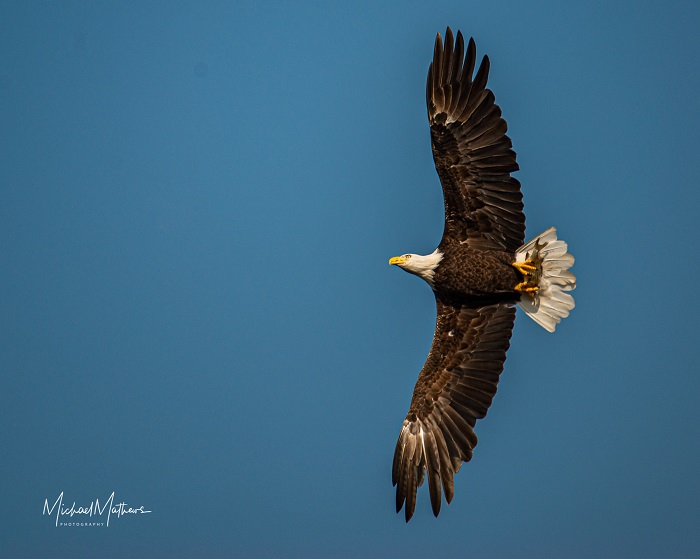
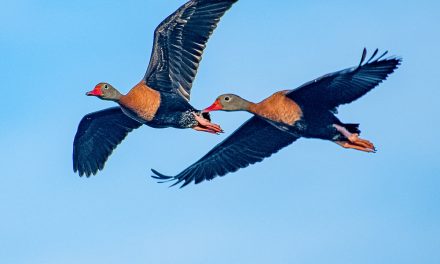
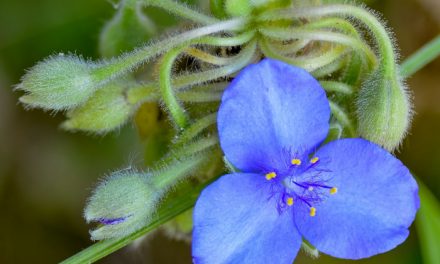
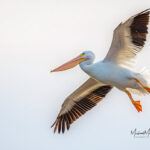
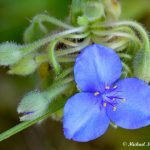
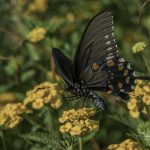
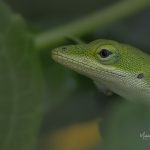
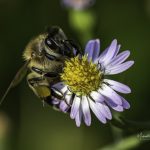
Recent Comments